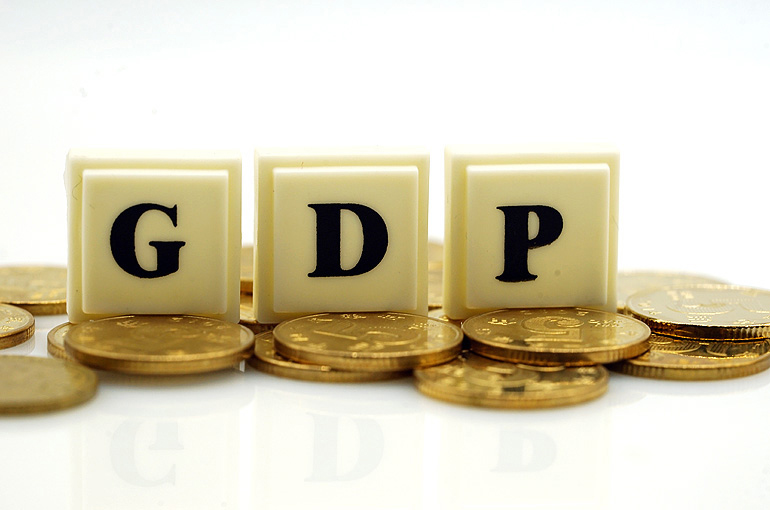 ASEAN+3’s Annual Growth Outlook Is Raised to 4.1% by AMRO
ASEAN+3’s Annual Growth Outlook Is Raised to 4.1% by AMRO(Yicai) Oct. 9 -- The ASEAN+3 Macroeconomic Research Office has revised up its projection for the ASEAN+3’s economic growth this year thanks to robust growth outcomes in the first half and stronger-than-expected export performance amid global trade headwinds.
The ASEAN+3’s gross domestic product will likely expand 4.1 percent this year from the year before, compared with the previous 3.8 percent forecast in July, according to the quarterly update of the ASEAN+3 Regional Economic Outlook released today. Last year, the ASEAN+3’s GDP grew 4.3 percent.
The ASEAN+3 region includes all 10 countries in the Association of Southeast Asian Nations -- Brunei, Cambodia, Indonesia, Laos, Malaysia, Myanmar, Philippines, Singapore, Thailand, and Vietnam -- plus China, Japan, and South Korea.
Next year’s GDP growth for the ASEAN+3 region was also revised up to 3.8 percent in the latest quarterly update of the AREO from 3.6 percent in the previous update.
“While intra-regional trade and domestic demand have become increasingly important growth drivers across ASEAN+3, the region remains deeply connected to the global financial system and is therefore not insulated from global shocks,” said He Dong, chief economist at the AMRO. “Overall, the region’s financial system remains resilient, although pockets of vulnerabilities persist.”
ASEAN+3 economies posted solid growth in the first half, supported by firm domestic demand and exports, the AMRO said, adding that market pressures have gradually eased since peaking in April following the announcement of the “Liberation Day” tariffs.
China, the largest economy in the region, maintained steady growth of 5.3 percent in the first half despite tariff headwinds, driven by stronger domestic demand and accelerated export shipments ahead of US tariff implementation, the latest AREO showed. The country’s GDP growth was revised up to 4.8 percent this year and 4.4 percent next year from 4.5 percent and 4.1 percent, respectively.
Artificial intelligence-driven semiconductor demand continues to support the ASEAN+3’s exports, according to the AREO. The global chip market expanded 19 percent in the three months ended June 30 from a year earlier, boosting semiconductor exports across many regional economies and lifting regional semiconductor shipments by 11 percent.
However, as the new US tariffs announced in August have already taken effect, the anticipation is for export growth to slow towards the end of the year, with recent purchasing manager indexes pointing to weaker external demand going forward for some regional economies, the AMRO predicted.
Editors: Dou Shicong, Futura Costaglione